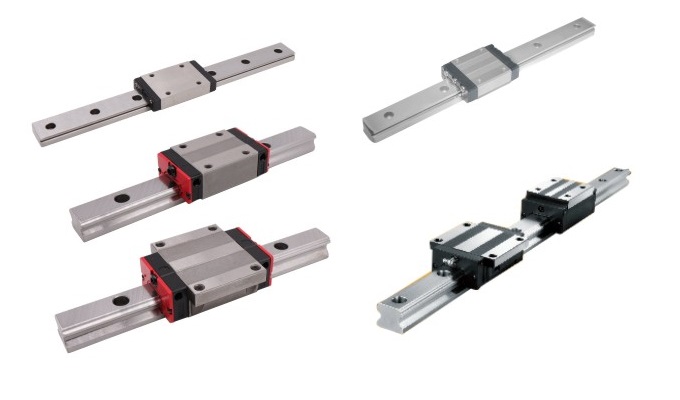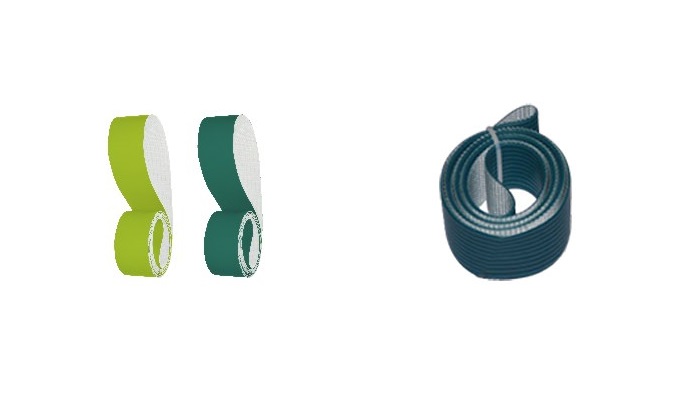Introduction
Casters and leveling mounts are essential components used in various equipment and furniture to provide mobility, stability, and adjustability. Many different types of casters and leveling mounts are available in the market, each with its unique features and benefits. This article will explore seven types of casters and leveling mounts commonly used in various applications. Whether you are a manufacturer, a contractor, or a DIY enthusiast, understanding the different types of casters and leveling mounts can help you choose the right components for your project and ensure its success.
Leveling casters
Leveling casters are a common method for adjusting the height of the equipment. By adjusting the height of the casters at the bottom of the equipment, the equipment can be kept level. This adjustment method is often used when equipment needs to be used at different heights, such as office desks, laboratory equipment, and more.
Adjusting the caster height is simple; just turn the screw at the bottom. If the equipment needs to be raised, turn the screw counterclockwise. If the equipment needs to be lowered, turn the screw clockwise. During the adjustment process, a spirit level or ruler can ensure the equipment is completely level.
Using leveling casters can bring many benefits:
- It ensures the equipment remains stable and steady when used at different heights.
- It can improve the stability and safety of the equipment and reduce the possibility of accidents occurring during use.
- If the equipment requires precise measurement or positioning during use, it is crucial to ensure it is level.
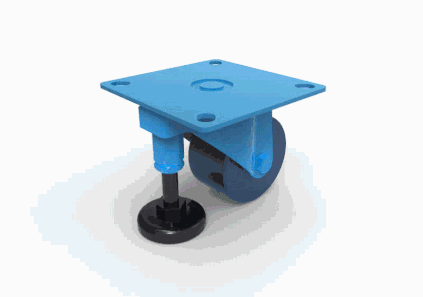
Footmaster caster
Footmaster casters are often used when equipment height needs to be frequently adjusted, such as machine tools used in workshops. Compared to leveling adjustment casters, footmaster casters can quickly and conveniently raise or lower equipment and have a wider range of adjustment.
The design principle of the footmaster caster is to adjust the height of the ground feet to lift the equipment, thereby achieving the purpose of adjusting the height. Footmaster caster
typically consists of four rotating feet and a bottom bridge frame. The rotating feet can make fine adjustments to the position of the equipment, thus achieving leveling adjustment.
Using a footmaster caster is very simple, just place them on the ground feet at the bottom of the equipment and adjust the height of the footmaster caster by rotating the screw. It is important to note that a spirit level or ruler should be used during the adjustment process to ensure the equipment is completely level. If the equipment is unstable, it will affect the effectiveness and safety of its use.
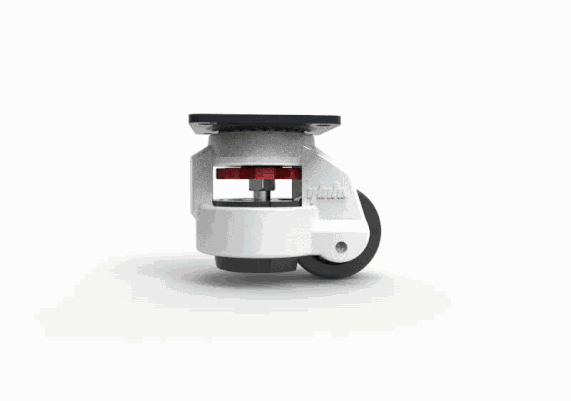
Lead screw caster
A lead screw is a long, thin metal rod threaded and matched with a nut to push the rod forward or backward when rotated. The lead screw caster is typically mounted directly onto the equipment, with the lead screw threads inserted into the nut hole of the equipment. Rotating the wheel allows the lead screw to rotate and twist, thereby adjusting the height of the equipment.
The adjustment principle of the lead screw caster is simple - rotating the wheel moves the lead screw forward or backward, which changes the height of the equipment. The foot wheel usually has a rotation handle that can be used to finely adjust the height. However, the adjustment range of the lead screw caster is limited, typically only allowing for adjustment of a few centimeters in height.
The lead screw caster is easy to use - simply install it into the nut hole of the equipment and rotate the wheel. It is important to ensure a tight fit between the lead screw and nut to prevent loosening or jamming during use.

Flat bottom universal swivel caster
The flat bottom universal swivel caster typically consists of a wheel body, a supporting base, and a mounting hole. This caster type suits equipment requiring frequent movements, such as office chairs, movable racks, and tool carts. The wheel body can rotate freely 360 degrees, allowing the equipment to move in different directions, and the flat bottom design provides stable support.
The flat bottom universal swivel caster is typically mounted onto the equipment using a nut in the mounting hole. The installation process is simple - secure the nut onto the equipment and insert the caster into the nut hole. It is important to ensure a tight fit between the nut and the equipment to ensure the safety and stability of the caster.
Using the flat bottom swivel caster is also simple - just install it onto the equipment and adjust the height or move it as needed. It is important to pay attention to the condition of the floor when using the caster, ensuring that it is flat and dry to avoid jamming or wobbling during movement.
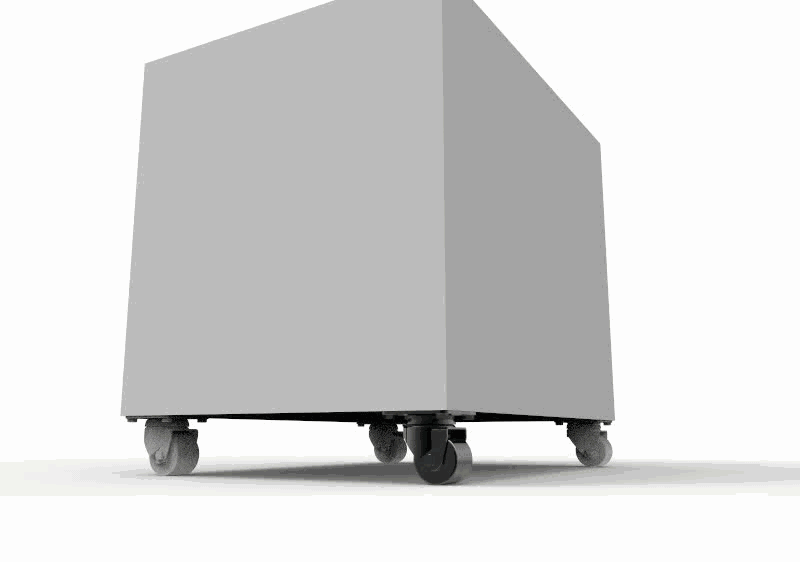
Pole Brace
A pole brace is a commonly used door positioning tool, typically consisting of a pole body, a fixing bracket, and a fixing screw. Its function is to position the door fully open, preventing it from accidentally closing or being disturbed by external forces during use. Using a pole brace is also relatively simple; just fix it between the door and frame. When you need to close the door, simply lift the door slightly upward to release the pole brace's position.
When choosing a pole brace, it is important to consider the length and load-bearing capacity to ensure that it can meet the weight and length requirements of the door. At the same time, it is important to pay attention to the material and quality of the pole brace. Choosing a high-quality pole brace can improve the service life and safety of the door.
In addition to positioning the door during use, pole braces can also be used in other situations, such as fixing doors and windows during construction or balancing and supporting other objects. When using pole braces, paying attention to safety issues and avoiding unnecessary damage or danger caused by overuse is important.
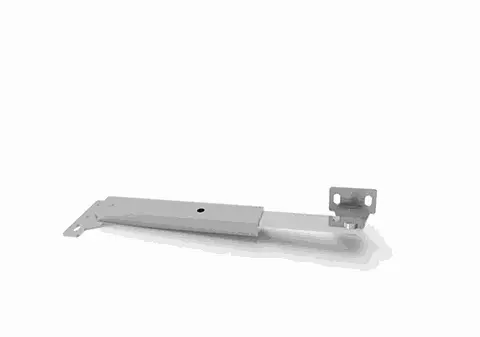
Universal leveling mount
A universal leveling mount typically consists of a footed cup, a base, a screw, and a ball head. This type of foot cup has high load-bearing capacity and stability, providing reliable support during the installation and use of equipment.
One notable feature of the universal leveling mount is its ball head connection structure. This structure allows the connection point between the foot cup and the base to tilt and rotate up to 30 degrees, enabling the equipment to be universally adjusted. This design ensures the balance of equipment on uneven ground, improving its stability and safety.
In addition to the ball head connection structure, the universal adjustable foot cup also has a reliable height adjustment function. By rotating the screw, the foot cup can be adjusted up or down according to actual needs, making installation and adjustment of the equipment more convenient and flexible.

Double axis torque hinge
The double axis torque hinge is commonly used in cash registers and small displays. Compared to traditional hinge structures, the double axis torque hinge offers higher stability and reliability, providing better support and protection.
The main feature of the double-axis torque hinge is its dual-axis structure. Unlike traditional single-axis hinges, the double-axis torque hinge has two axes, allowing it to rotate and support in multiple directions. This design enables the hinge to withstand external forces and pressure better during device use, ensuring stability and safety.
In addition, the double-axis torque hinge has torque control functionality. This feature can be adjusted based on the device's size, weight, and usage scenario, ensuring the hinge can provide appropriate support and resistance in various device states. This design helps to prevent excessive force and damage to the device during opening or closing due to unbalanced weight.

In conclusion, the article's selection and use of casters and leveling mounts can greatly improve equipment and furniture's stability, mobility, and safety. When selecting and using these components, remember to carefully consider the load capacity, material, size, and installation method. With the right casters and leveling mounts, your equipment and furniture can be more efficient, durable, and safe. Don't hesitate to contact us, we with a team of specialist or supplier to ensure you make the best choice. Upgrade your equipment and furniture today with the right casters and leveling mounts.




